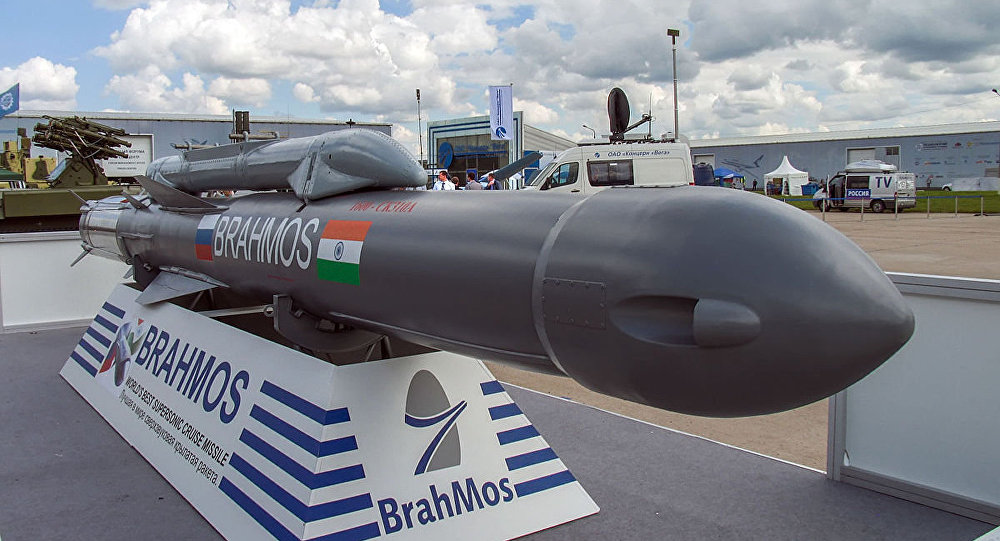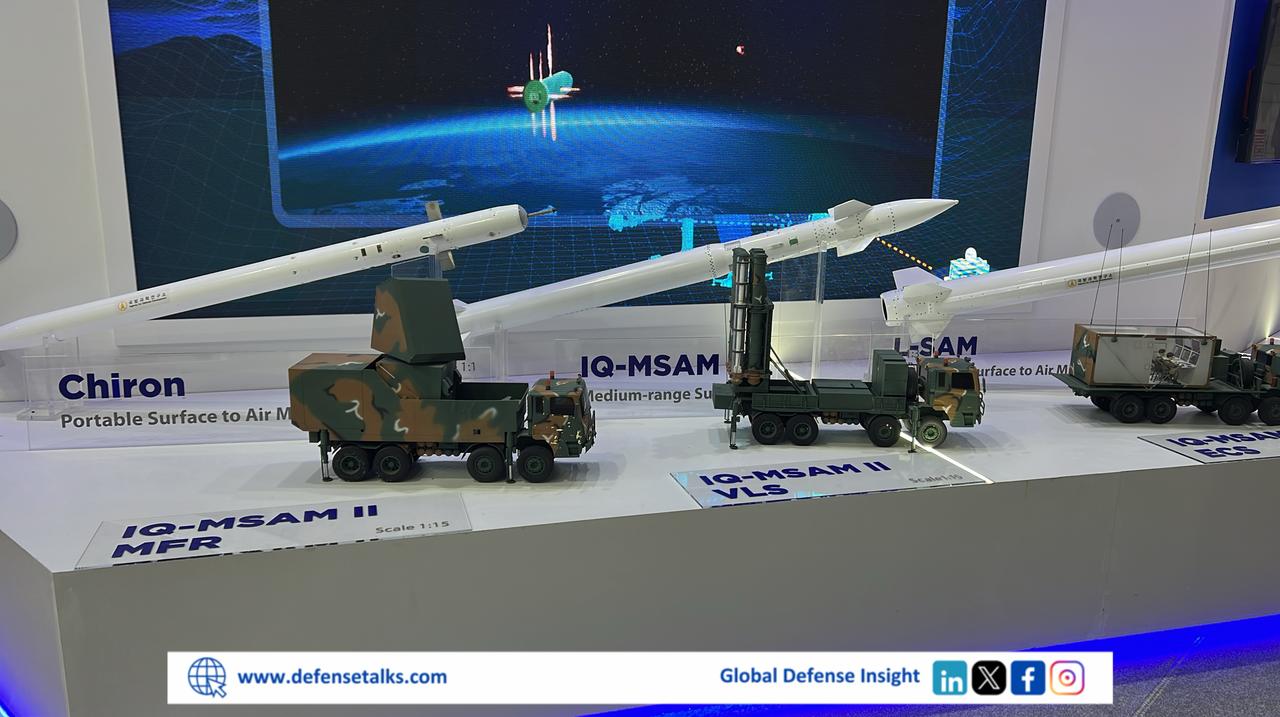In the contemporary global power competition, the term hypersonic has emerged as a new buzzword. All military powers, even less technologically advanced states like Iran and North Korea, along with tech giants like the US, and Russia, are in a rush to attain superiority in hypersonic technology. Moreover, the employment of hypersonic missiles by Russia against Ukraine in the Russia-Ukraine conflict has spurred international interest in this novel technology. Similarly, India joined the race as well and is taking a deep interest in developing and maturing indigenous hypersonic technology. The inclination towards hypersonic missile technology, along with the recent test of MIRV capable AGNI-V also implies that the Indian nuclear doctrine is moving into the direction of a counterforce posture
To accomplish this, recently, the “Indian Institute of Technology Kanpur (IIT-K)” successfully established and also tested a trial run of India’s first Hypervelocity Expansion Tunnel Test Facility, codenamed S2, in February 2024. The establishment of such a critical facility will boost Indian aerospace research capabilities, which will eventually enable the Indian defence industry to build domestic cutting-edge missile systems in the future. The boosted strike capabilities will have negative connotations for the region as the current development will erode the existing strategic stability in the region.
Comprehending Hypersonic Technology
The technology refers to the projectiles traveling at speeds exceeding Mach 5. It is divided into “Hypersonic Glide Vehicles (HGV)” and “Hypersonic Cruise Missiles (HCM)” systems. An HGV is a glide vehicle, initially propelled by a rocket, to reach into the upper atmosphere realm and once re-enters into Earth’s atmosphere, glides for the rest of the way towards its destination at a speed of up to 27 km per hour. Similarly, the HCM’s initial mechanism is the same, but once it enters the terminal phase, the HCM is propelled by air-breathing engines, or scramjets, which assist them in reaching their targets at hypersonic speeds.
Besides, traveling at high speed, they retain characteristics such as maneuverability, and rudimentary to avoid interception by adversarial missile defenses. This makes them unique, compared to ballistic missiles as they travel on predictable ballistic trajectories. Further, Hypersonic weapons can fly at low altitudes, with brisk speed, and maneuverability, making them a potent weapon against heavily defended military strategic installations.
India’s New Hypersonic Infrastructure
The S2, also known as “Jigarthanda,” is a 24-meter-long structure housed in the Department of Aerospace Engineering’s Hypersonic Experimental Aerodynamics Laboratory (HEAL) at IIT Kanpur. The latest hypersonic wind tunnel S2 at Kanpur can produce flight speeds of 3 to 10 km/s, enabling it to simulate the conditions that normally hypersonic or ballistic projectiles have to encounter after they enter the Earth’s atmosphere from space. Besides this, the Indian scientists claimed that they overcame the difficult and crucial task of “perfecting the free piston driver system”.
This will enable the Indian scientists to rigorously test the hypersonic models. The capability is essential to test the prototype models earlier and rectify any malfunctions, to avoid system failures once it is being operationally employed against the adversary. The achievement demonstrates that India has in-depth knowledge of precision engineering and physics; aerodynamic arrangement for hypersonic maneuvers; and utilization of scramjet propulsion for ignition and continuous burning at the hypersonic.
India’s Hypersonic Aspirations
India since 2007 showed its interest in hypersonic technology, when APJ Abdul Kalam, the country’s former president, suggested developing a Mark-II version of the BrahMos hypersonic cruise missile. Subsequently, in September 2009, Russia and India signed an agreement to manufacture, a newer and more advanced version of the BrahMos missile with hypersonic speed. It was named as “BrahMos-2” an updated version of BrahMos-1. Besides, investing in BrahMos-2, India successfully tested a scramjet engine whose speed exceeds Mach 5 in 2016. The tested technology was different from conventional subsonic or ramjet engines, as it employs an inlet force in supersonic compressed air before combining it with hydrogen fuel. This test assisted India in enhancing its scramjet capabilities. Later on, India tested its indigenous hypersonic technology demonstration vehicles (HSTDV) 2019 and 2020 consecutively.
On the occasion of 2020 test, Defense research Development Organization (DRDO), responsible for manufacturing strategic delivery systems said: the next step will involve the development of long-range hypersonic cruise missiles, which they anticipate will be achievable within a span of five to six years. Moreover, the tested hypersonic demonstrator was propelled by a scramjet engine. A scramjet engine is superior to a ramjet engine due to its ability to function efficiently at hypersonic speeds and facilitate supersonic combustion.
The third HSTDV was tested in 2023 to check the various scientific and technical parameters. Whether the third test was successful is unclear. It was estimated by Janes that the test would have lasted for ten minutes of sustained flight while the delivery system carried a payload ranging between 200-300 kg. These were public estimates because the specifications of the test were not disclosed by the Indian government. Lastly, the pace at which India is moving ahead, it will likely develop and deploy the system earlier given its previous expertise in manufacturing ballistic missiles.
Conclusion:
Conclusively, the Indian advancements in the hypersonic field reaffirmed that India is serious about hypersonic weapons development and deployment. Once, developed, the hypersonic weapons will enable India to rapidly strike targets inside Pakistan with swiftly, which can lead to India opting for First-Strike. The inclination towards hypersonic missile technology, along with the recent test of MIRV capable AGNI-V also implies that the Indian nuclear doctrine is moving into the direction of a counterforce posture. Finally, India is not lagging in building a spree of high-end strike weapons even at the cost of risking regional peace.

Table of Contents
ToggleMahnoor Saghir
Mahnoor Saghir is an MPhil Scholar in International Relations department, at National Defense University, Islamabad.















